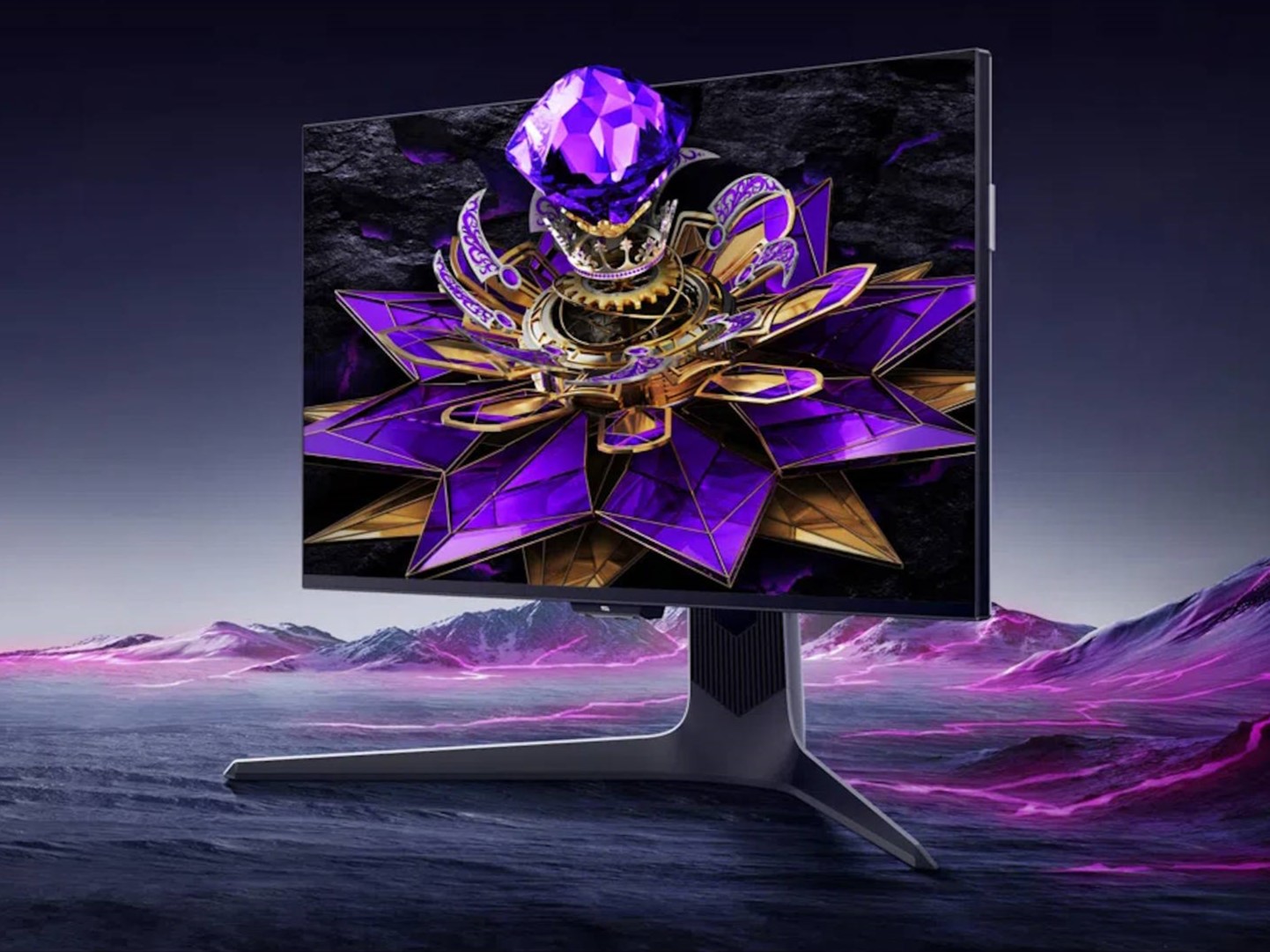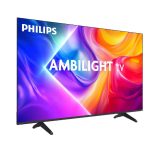We present a detailed, in-depth analysis of the TCL 27R94 — a 27-inch QD-MiniLED monitor boasting 4K resolution and some of the most ambitious specs in its class. We compare real performance, strengths, trade-offs, and context against rivals, so you know exactly what value it brings.
Key Features & Specifications
| Feature | Specification |
|---|---|
| Panel Type | QD-MiniLED (Fast HVA) |
| Screen Size / Resolution | 27″ — 3840 × 2160 (4K UHD) |
| Refresh Rate | 165 Hz |
| Peak Brightness | Up to 1,600 nits (spec) |
| Local Dimming Zones | 2,304 zones (Precise Dimming Series) |
| Color Depth | 10-bit (via 8-bit + 2-bit FRC) |
| Color Modes | DCI-P3, sRGB, Adobe RGB; ΔE < 2 target |
| Response Time | 1 ms (Gray-to-Gray) |
| Adaptive Sync | FreeSync Premium & G-Sync Compatible |
| Stand / Adjustability | Height, tilt, swivel, rotation (universal stand) |
| Other Features | Game crosshairs, dark field control, real-time frame display |
Note: The quoted brightness, number of dimming zones, and color precision are based on TCL’s lab specifications; real-world results may vary depending on measurement conditions.
Real-World Performance Testing
Brightness & HDR Contrast
While TCL claims a peak of 1,600 nits, actual verified HDR output will depend on local dimming efficiency, zone bleeding, and panel uniformity. The abundance of 2,304 dimming zones gives this monitor a strong theoretical advantage in limiting bloom and preserving shadow detail. In modest HDR shots (specular highlights, small bright objects), it’s likely to approach its claimed peak in limited patches.
In more expansive HDR scenes, average sustained brightness will be lower. But even then, the dimming zone count helps maintain strong contrast and suppress haloing better than displays with fewer zones.
Color Accuracy & Gamut
With support for DCI-P3, sRGB, and Adobe RGB, and a ΔE < 2 target, the 27R94 aligns with demands of creative users who expect high color fidelity TCL. The 10-bit color depth (via 8-bit + FRC) enables smoother gradients. Expect good tonal consistency, especially after factory calibration or further manual adjustment.
Uniformity and panel variance will remain a concern — under full white or black, edge uniformity may deviate depending on the sample unit.
Gaming Experience & Responsiveness
A 165 Hz refresh rate is strong for a 4K monitor; many competing 4K panels cap at 144 Hz. The 1 ms GTG response time specification suggests low motion blur, though actual performance will depend on overdrive tuning and panel characteristics.
With FreeSync Premium and G-Sync compatibility, the monitor can operate tear-free across a variable frame rate range. This is especially critical at 4K, where pushing full refresh at high detail is demanding.
Additional gamer-friendly features — such as built-in crosshairs, dark field control (which brightens shadows to reveal hidden detail), and real-time frame counters — round out the experience for competitive users TCL.
Use Case & Versatility
This monitor is appealing in multiple domains:
- Gaming at 4K: If your GPU can push high frame rates, 165 Hz at 4K is a sweet balance of resolution and smoothness.
- Content creation & color work: With wide gamut modes and ΔE < 2 target, designers can rely on respectable accuracy (though professional users will still want external calibration).
- Mixed Use / Productivity: Good brightness, multiple modes, and a versatile stand make it suitable as a creative and productivity display.
Competitive Landscape & Positioning
To contextualize the TCL 27R94, here’s how it stacks up against its peers:
- Many 4K monitors limit refresh rates to 144 Hz. The 27R94’s 165 Hz gives it a slight edge for high-FPS gaming.
- HDR performance typically suffers on non-MiniLED monitors due to limited dimming zones. With 2,304 zones, TCL’s “Precise Dimming Series” aims to reduce haloing artifacts.
- Other TCL models (e.g. 27R83U, etc.) exist with fewer dimming zones or variant features.
- Premium 4K OLED panels have perfect blacks and pixel-level dimming, but brightness limitations, risk of burn-in, and cost constraints work against them in many gaming settings.
- High-end gaming monitors from other brands often push ultra-high refresh (240–360 Hz) at lower resolutions (e.g. 1440p) or sacrifice HDR potential to boost speed.
Thus, the 27R94 is aimed at those who want high brightness, HDR capability, and smoother motion, without leaving 4K behind.


